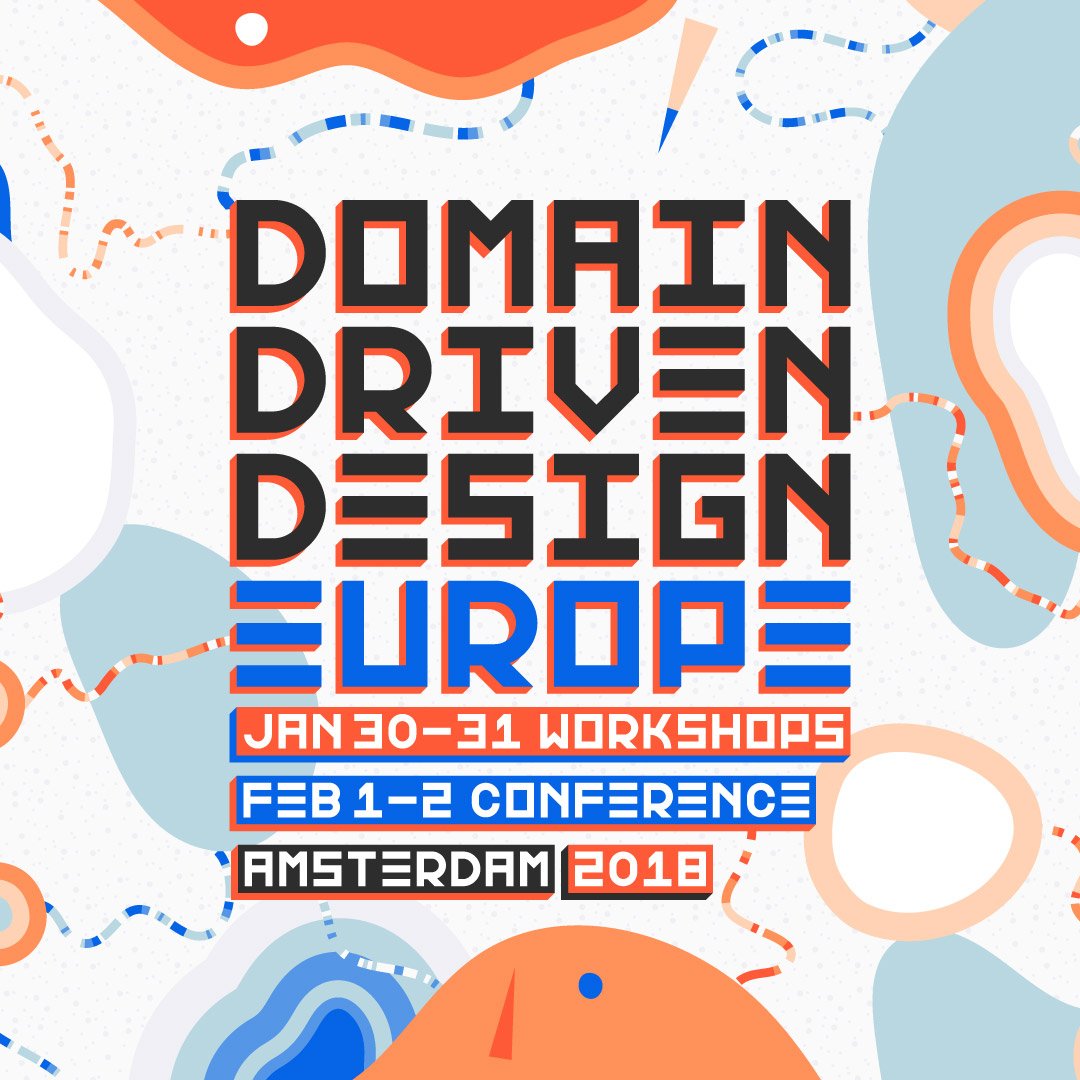
Domain driven design quickly software#
In the book Domain-Driven Design, a number of high-level concepts and practices are articulated, such as ubiquitous language meaning that the domain model should form a common language given by domain experts for describing system requirements, that works equally well for the business users or sponsors and for the software developers. Describe the points of contact between the models, outlining explicit translation for any communication and highlighting any sharing.

Name each bounded context, and make the names part of the ubiquitous language. This includes the implicit models of non- object-oriented subsystems. Therefore: Identify each model in play on the project and define its bounded context. When connections must be made between different contexts, they tend to bleed into each other. People on other teams won’t be very aware of the context bounds and will unknowingly make changes that blur the edges or complicate the interconnections. The context of other models may still be vague and in flux. Context mapĪn individual bounded context leaves some problems in the absence of a global view. Relentlessly exercise the ubiquitous language to hammer out a shared view of the model as the concepts evolve in different people’s heads.
Domain driven design quickly code#
Therefore: Institute a process of merging all code and other implementation artifacts frequently, with automated tests to flag fragmentation quickly. Yet breaking down the system into ever-smaller contexts eventually loses a valuable level of integration and coherency. The bigger the team, the bigger the problem, but as few as three or four people can encounter serious problems. When a number of people are working in the same bounded context, there is a strong tendency for the model to fragment. Keep the model strictly consistent within these bounds, but don’t be distracted or confused by issues outside. Explicitly set boundaries in terms of team organization, usage within specific parts of the application, and physical manifestations such as code bases and database schemas. Therefore: Explicitly define the context within which a model applies. It is often unclear in what context a model should not be applied. Communication among team members becomes confused. Yet when code based on distinct models is combined, software becomes buggy, unreliable, and difficult to understand. Multiple models are in play on any large project. The following image demonstrates the patterns in Strategic Domain-Driven Design and the relationships between them. Strategic Design is a set of principles for maintaining model integrity, distillation of the Domain Model and working with multiple models. It is more useful to recognize this fact of life and work with it. While this is a noble goal, in reality it always fragments into multiple models. Ideally, we would prefer to have a single, unified model.




 0 kommentar(er)
0 kommentar(er)
